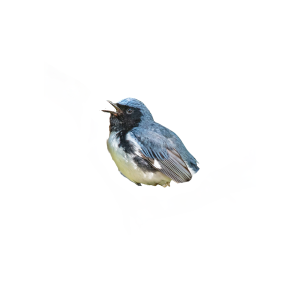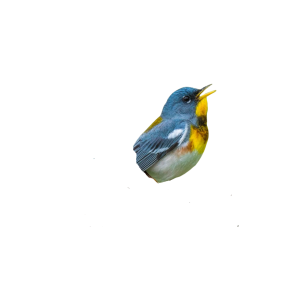

Check out the recent opinion piece by our Executive Director in the Indy Star.
A Testament to Trees, and Urban Rewilding.
My relationship with trees has always been one of admiration. Growing up in Gettysburg, Pennsylvania I was surrounded by them, and one, the Witness Tree, held a special allure for Gettysburgians and fans of American history. Despite this admiration, it is only in recent years that I have begun to truly appreciate the impact these magnificent sentinels can have on my wellbeing.
Upon moving to midtown Indianapolis in the early twenty-teens my wife and I were fortunate to buy a home in Oliver Johnson’s Woods, a small neighborhood with some fantastic old trees. One of the beauties of my neighborhood is it developed organically over time. The layout of the houses and landscaping plan was not contrived to maximize profits and minimize diversity. The houses don’t match, nor do the trees, and this is what makes it so magical! We have Black Walnut, Sycamore, Hackberry, Tulip Poplar, American Beech, Pignut Hickory and so many more! Compared to modern-day developments, they tend to have prescribed plantings, often just a single species, or if you’re lucky, two species throughout the entire neighborhood, a near monoculture. To make matters worse, these are often cultivars, or worse, non-native and often times invasive species like the omnipresent Bradford Pear, that wreak havoc on native ecosystems.
In the decade-plus since we moved to Indianapolis, we have done our fair share of plantings. We’ve added Sugar Maples, an Ohio Buckeye, a Catalpa, several Paw Paws, and a wide array of native flowers, grasses, and shrubs. While this planting has taken time, the benefits are beginning to show. Just this morning, as I sat on my back porch, I saw over fifty species of birds! Many of these are common to Indianapolis, local favorites like the Northern Cardinal, American Robin, House Wren, and Downy Woodpecker. Others however were visiting my backyard amid an epic journey, one that may have begun weeks ago as far away as Brazil and Venezuela! As I sit on my back porch I’m delighted by the beautiful colors and calls of such vivid migrants as Great Crested Flycatchers, Magnolia Warblers, Scarlet Tanagers, Baltimore Orioles, Northern Parula, and Ovenbirds! These names may not mean much to everyone, but I promise if you see and hear them your spirits will rise and you’ll fall into a sense of calm.
As you can tell, I love birds. I always have, and I hope always will. Yet it is only in recent years I’ve truly begun to understand the importance of trees and other native plants to our avian friends. Yes, I have bird feeders, but nothing can replace the trees these animals have evolved to depend upon. If you love wildlife and want to help, one of the best things you can do is plant a native tree! Many are slow-growing, and they may not reveal their magic to you anytime soon. But, if you plant that tree I can assure you someday in the future a person will sit in wonder, experiencing the magic that tree has provided, and thank the person who planted it.
Right now, Indiana sits in the middle of one of nature’s great wonders, the northward migration of New World warblers. Grab a pair of binoculars, find a bird walk to join, download a free birding app, and get outside! This happens every year, and every year I’m reminded of the magic of nature as a sense of wonder reawakens inside of me. And oh yeah, while you’re out there marveling at these tiny jewels, don’t forget to thank a tree, without them this wouldn’t be possible!
Dan Boritt is Executive Director of the Indiana Wildlife Federation and a life-long lover of nature.

